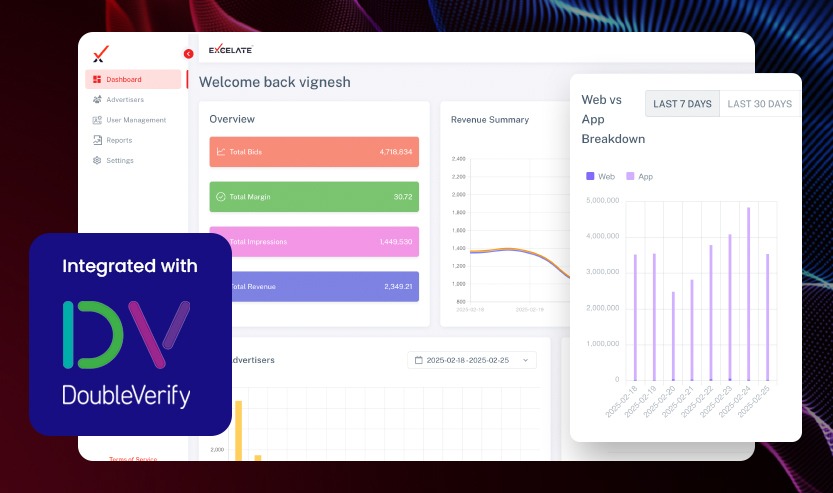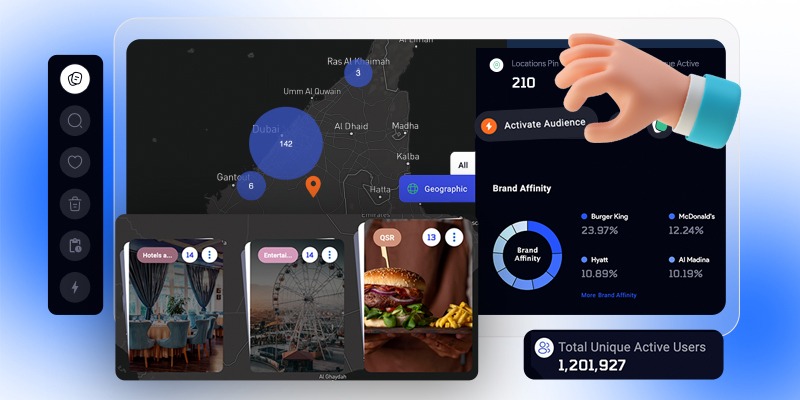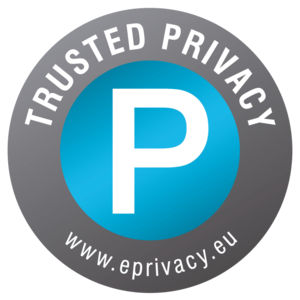In today’s digital advertising landscape, marketers face various challenges that can hinder the success of their campaigns and impact their return on investment.
Did you know that 21% of advertising budgets are lost to the silent thieves of ad fraud?
- Bots are digital actors that are programmed to mimic human actions, such as clicking ads or engaging with content, in order to create the illusion of genuine engagement by generating fake clicks and views and distorting performance data resulting in a waste of ad resources without providing real value.
- Automated Scripts execute predefined actions on websites, fooling systems into mistaking them for genuine user interactions. By inflating ad interactions, these scripts can artificially boost click-through rates and other engagement metrics. Advertisers may make decisions based on skewed data, unknowingly wasting resources on fraudulent actions.
- Click farms employ armies of low-wage workers to click on ads, resulting in a large number of fake interactions. Real-world clicks give the impression of popularity and interest while concealing a lack of genuine engagement. Advertisers pay for useless clicks, draining budgets while producing no meaningful results.
- Ad Stacking is the practice of stacking multiple ads on top of each other, with only the top ad visible. Even though only the top ad is seen, the stacked ads beneath it are still counted, resulting in exaggerated engagement metrics. Advertisers are frustrated because they believe their campaigns are succeeding, oblivious to the underlying reality.
- Domain Spoofing is when fraudsters disguise their sites as legitimate, high-traffic domains to gain credibility and attract ad placements. Advertisers unknowingly place ads on these spoofed domains, expecting genuine exposure. When brands unintentionally associate themselves with questionable content, they damage their reputation and waste ad dollars.
- Pixel Stuffing is the practice of stuffing advertisements into tiny, invisible pixels on a page and counting impressions even when the advertisements aren’t visible. Advertisers are charged for impressions that users cannot see, resulting in misleading reporting and wasted resources. Campaigns appear to be more successful than they are, obscuring the true impact on the audience.
Digital Ad Fraud losses amounting to $100 Billion by the end of 2023
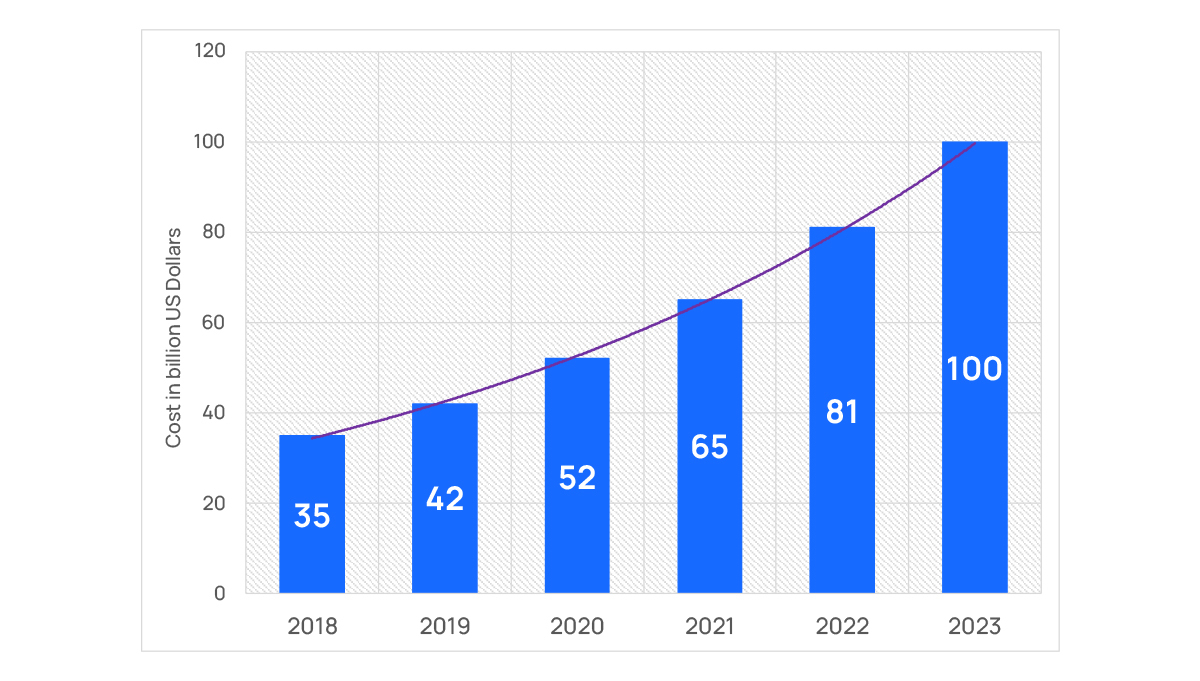
Tackling Digital Advertising Fraud – Protecting Brands and Preserving Ad Investments
Digital advertising fraud is a massive problem, with estimates suggesting that up to 20% of all digital advertising in 2020 was fraudulent. Various types of ad fraud exist, such as click fraud, impression fraud, and bot traffic.
- Click fraud involves generating ad revenue by clicking on ads without any genuine interest.
- Impression fraud occurs when ads are served but not seen by users, while bot traffic involves automated programs mimicking human behaviour. The consequences of digital advertising fraud can be severe, including wasted ad spend, damage to brand reputation, and lost sales.
To minimize losses caused by digital advertising fraud, marketers can take several preventive measures. Implementing fraud detection tools can help identify and block fraudulent traffic. Working with reputable ad networks and negotiating with publishers who prioritize fraud prevention are also crucial steps. Additionally, educating the marketing team about the risks associated with digital advertising fraud is essential for maintaining vigilance and awareness. By adopting these strategies, marketers can safeguard their businesses against the financial and reputational harm posed by digital advertising fraud.
The true cost of Ad Fraud
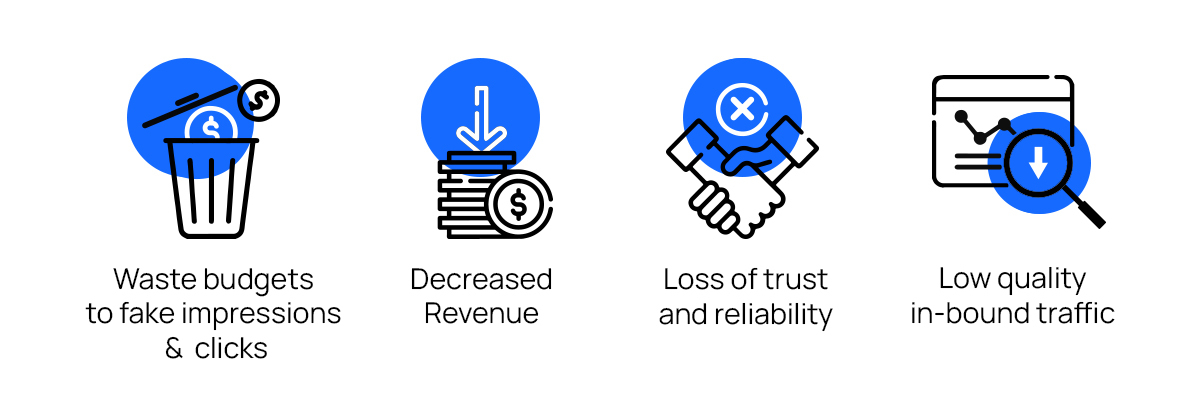
At MEmob+, we understand the complexities and risks associated with digital advertising, and we are here to help businesses overcome these challenges.
Navigating the Digital Advertising Challenges With MEmob+
- Excelate, MEmob+ DSP is powered with data and Artificial Intelligence For Fraud Detection and Prevention and leverages on advanced technologies like artificial intelligence, machine learning, and data analytics to develop smart features that can automate bidding and optimize ad performance. MEmob+ utilizes third-party fraud detection systems which are integrated to Excelate to provide analytics that includes detailed metrics & dimensions to measure invalid (non-human) ad delivery.
- MEmob+’s Frequent Reporting Tools on Excelate offers advertisers a comprehensive suite of reporting tools that provide valuable insights into campaign performance and audience engagement. With frequent reporting updates, marketers can access real-time data on key metrics such as impressions, clicks, conversions, and cost metrics. MEmob+’s frequent reporting tools on Excelate ensure transparency and facilitate informed decision-making, allowing advertisers to stay on top of their campaigns and achieve their marketing objectives.
- Refined Whitelist & Blacklisting System on Excelate: Get always-on protection and brand safety controls to ensure that ads are not displayed on inappropriate or unsafe websites. Excelate features a refined whitelist and blacklisting system, providing advertisers with granular control over ad placements and ensuring brand safety.
The whitelist consists of a curated list of trusted and brand-appropriate websites, apps, and publishers where ads can be displayed, minimizing the risk of ad placements in irrelevant or potentially harmful environments. On the other hand, the blacklisting system allows advertisers to exclude specific websites or categories that are not aligned with their brand values or audience targeting. This refined whitelist and blacklisting system on Excelate ensure that ad placements align with brand guidelines, protecting brand reputation and optimizing ad performance.

